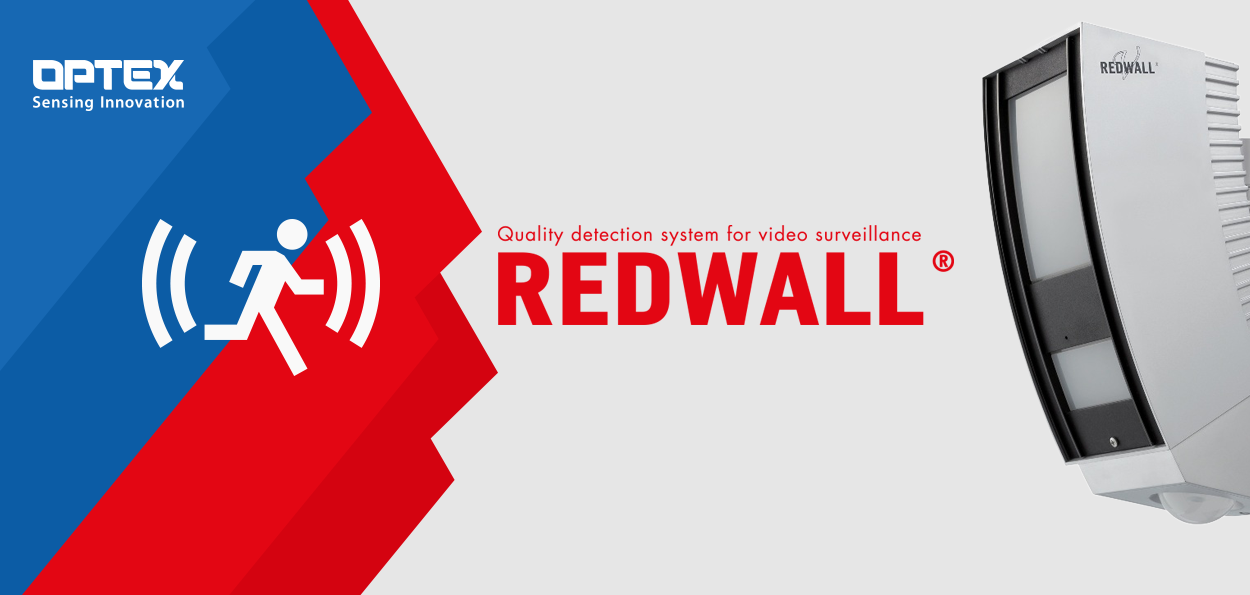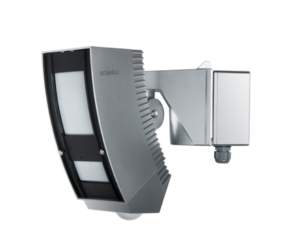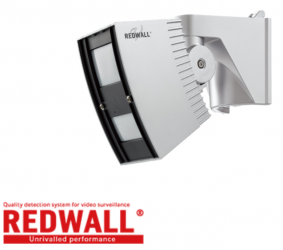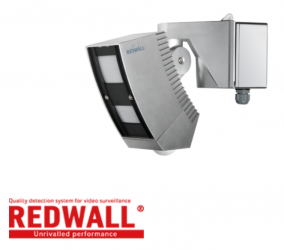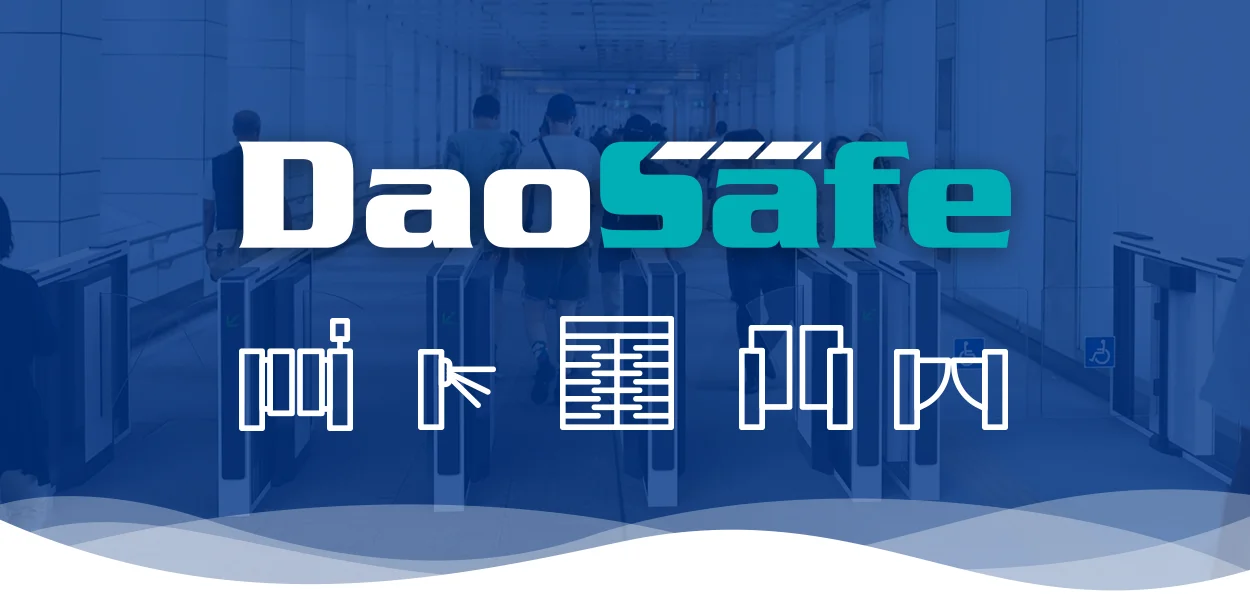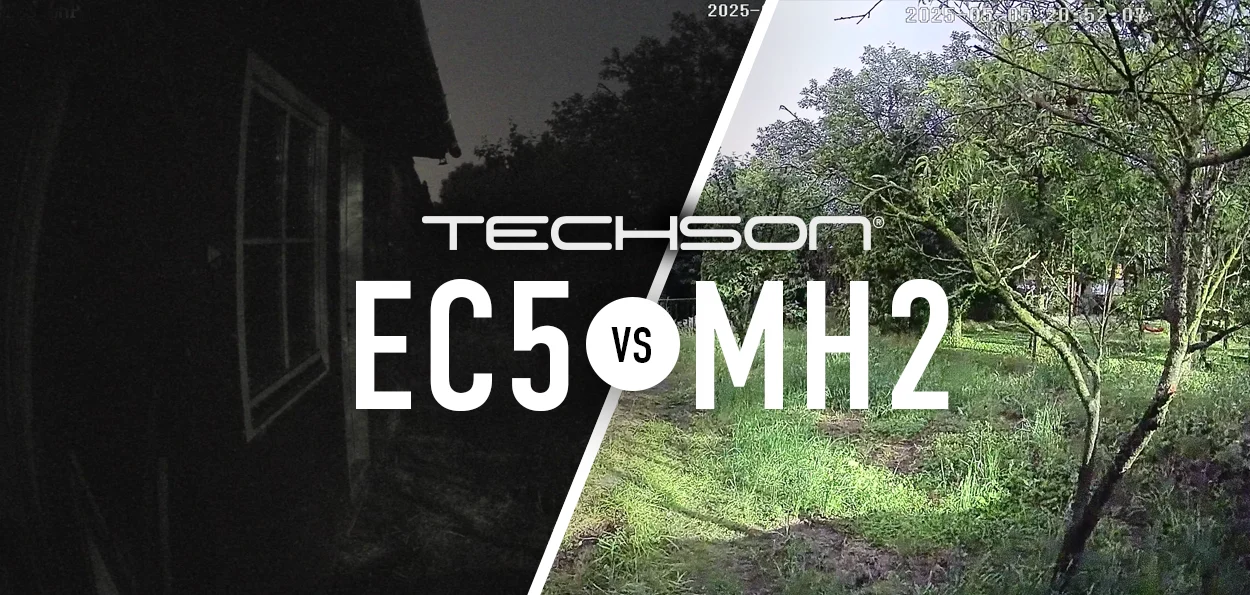When designing a security system, the protection of an object usually consists of several layers, like the skin of an onion. From vibration detectors in safes, to internal volumetric sensors, to opening sensors and glass breakage detectors for doors and windows, to various outdoor solutions, there are many ways to protect against unauthorised intruders. How this is done is determined mainly by the intersection between the requirements of the venue and the client's budget. But one thing is common: the outer skin of the onion is the fence and its protection…
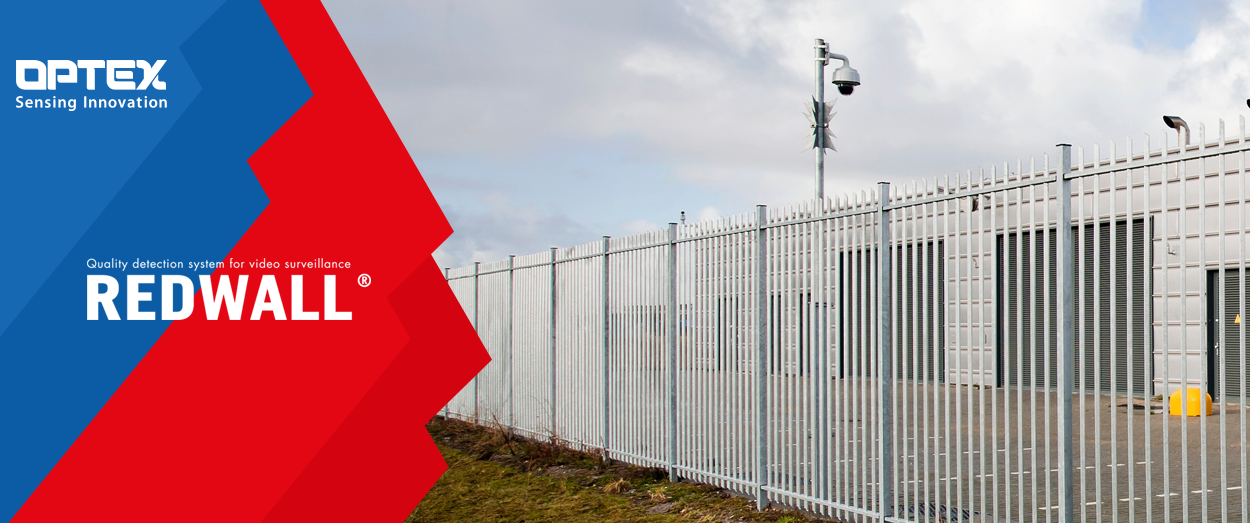
There are a number of solutions for protecting fences, depending on the obstacle and its surroundings. There are capacitive sensors that are only suitable for woven wire fences, where they can do their job with a high degree of accuracy. Radar detectors can also be used if circumstances allow - given that this requires a wide-open space, a so-called "clear zone".
The most popular method of fence protection is the use of the well-known infrared barriers, which have become popular due to their low cost and relatively easy installation. Perimeter protection is not limited to classic asset protection devices: CCTV systems can also provide analytical functions for protection. For example, the result of the analysis of an entry into a defined area or a line crossing, which can trigger an alarm signal either by activating the output of an I/O module or by direct communication with the alarm system via a deeper integration. A more sophisticated (and considerably more expensive) version of this is thermal fence protection, which is also used with great success for military and border police purposes. In terms of cost and precision, similar "calibre" protection can be developed using various laser scanner (LiDAR) based sensors, such as the OPTEX RLS-3060 or RLS-50100. These last two solutions are at the cutting edge of technology, and are therefore typically part of larger projects where price is less of a deciding factor.
The following fence protection device is a passive infrared sensorthat is not designed for stand-alone use, but as part of a complex system to facilitate the use of other technologies and increase their effectiveness. This is to control PTZ cameras, calling their preset positions when motion is detected at a given distance or fence section. This is the OPTEX SIP-100 narrow angle of view, long range PIR sensor.
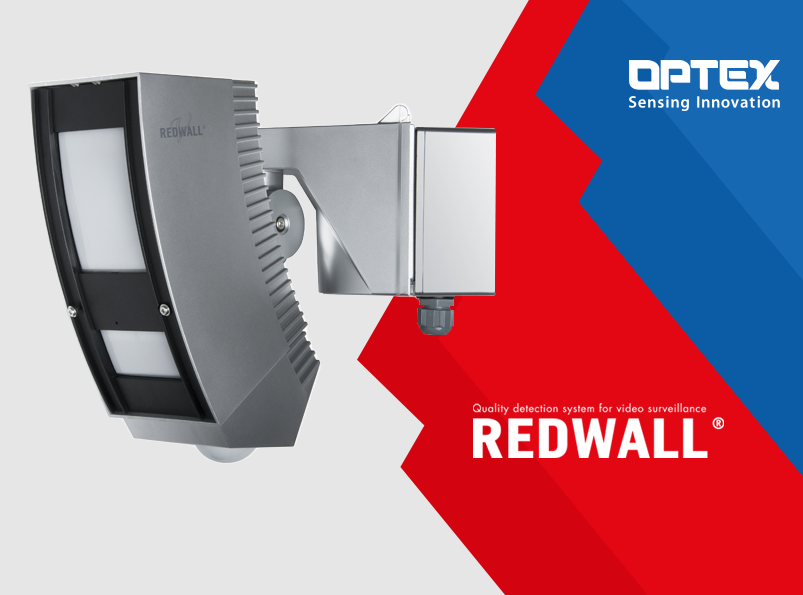
The detection area of the SIP-100 – let's rather talk about detection distance due to its extremely narrow detection characteristics – can be divided into two parts. It consists of a near and a far "area":
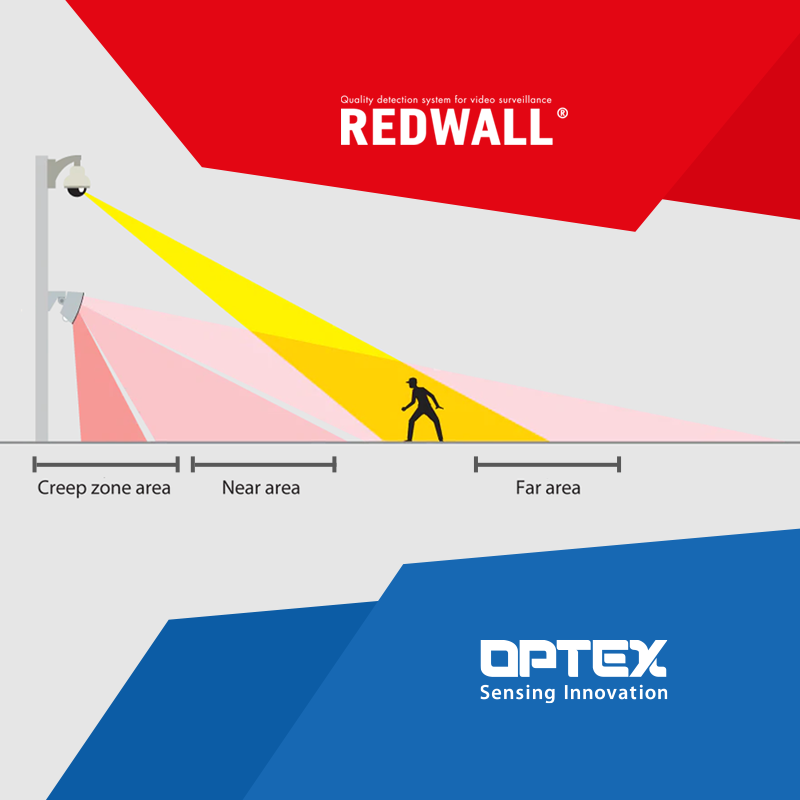
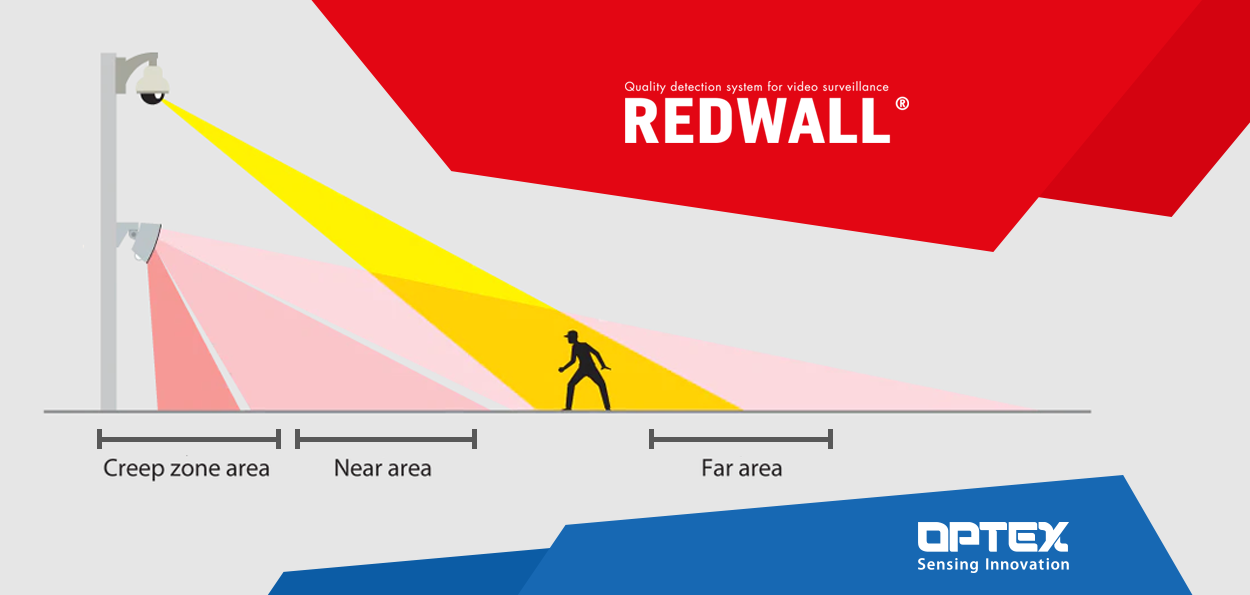
The SIP-100 is an outdoor infrared sensor with a detection range of 100 meters. At 100 meters, it covers a bandwidth of only 3 meters, an exceptionally narrow detection characteristic in the world of passive infrared:
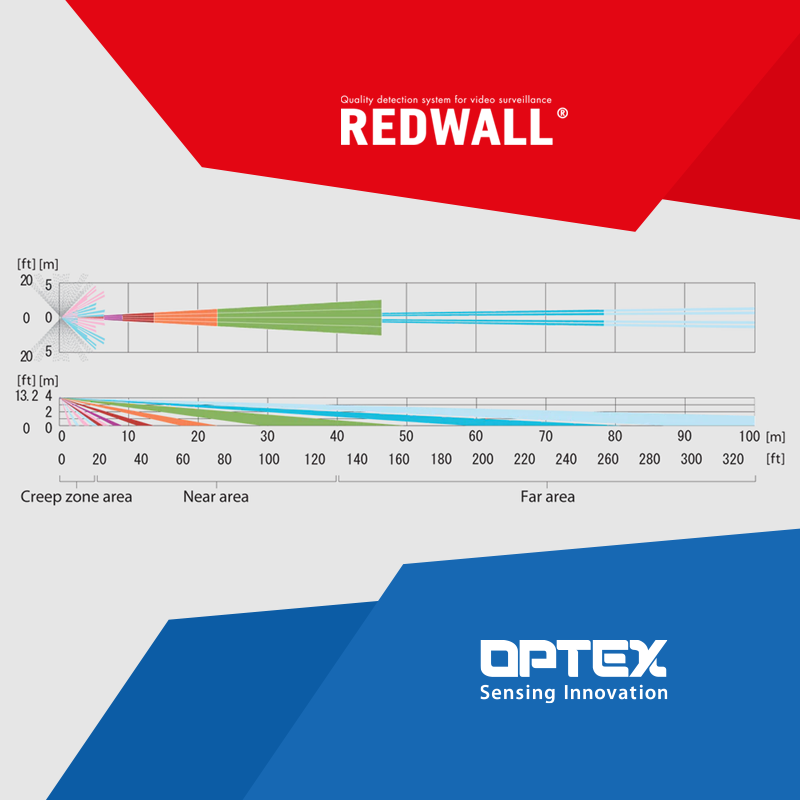
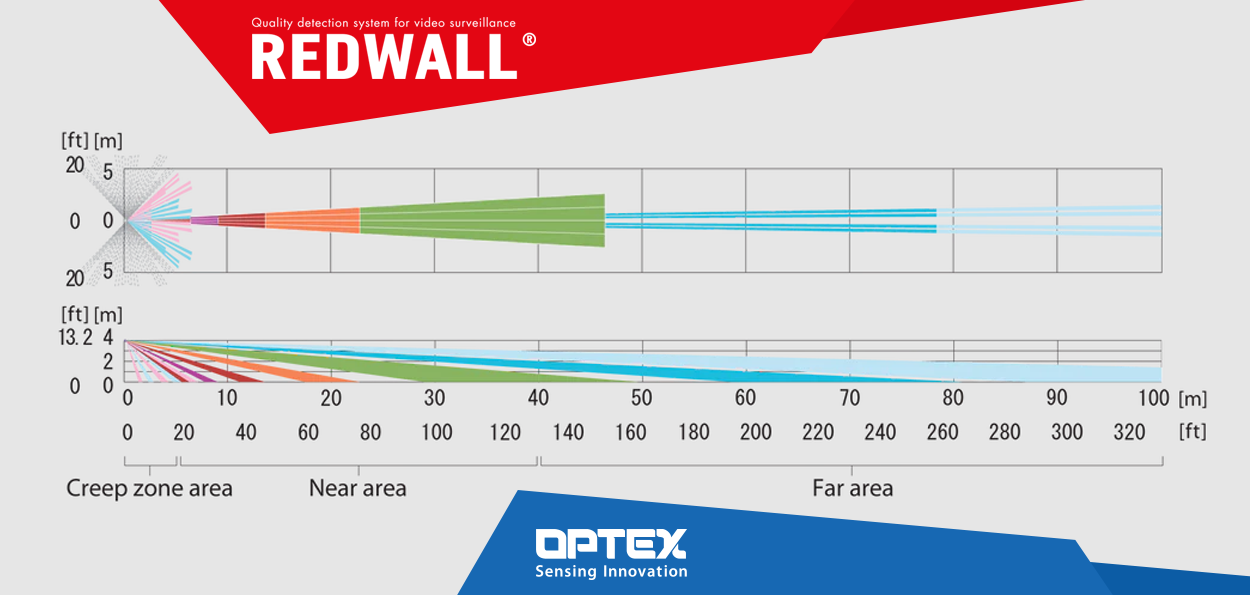
This sensor has three independent outputs. The first two transmit signals from the near and far area, while the third is the output of the crawl zone, which is a stand-alone PIR detector on the bottom of the SIP-100 and acts as a protection for the detector itself. So the main sensing area is not primarily used as an alarm system zone - although this is possible - but is intended by the manufacturer to be used for positioning PTZ cameras. Thanks to the fact that the detection area is divided into two parts, it is possible to zoom in on suspicious movement with greater accuracy and in less time than if the entire 100-metre section had to be scanned, which can be a great help depending on the positioning of the camera.
In terms of installation height, we are not dealing with an average PIR either: we have options ranging from 2.4 metres to 4 metres, which in itself should provide sufficient protection against tampering given the latter height. But if the 270-degree adjustable crawl zone and the high height were not enough protection, the SIP-100 is also equipped with an IR anti-scanning sensor..

This sensor has a number of parameters and features that put it in the premium segment. The sensitivity of its sensing zones can be adjusted individually, but the sensor also adjusts its sensitivity on the fly depending on ambient temperature and lighting conditions. And that's not all! We should mention the SIP-HU heating unit, which can be optionally integrated into the sensor and is powered by the sensor. It requires no adjustment other than insertion and consumes 6 Watts.
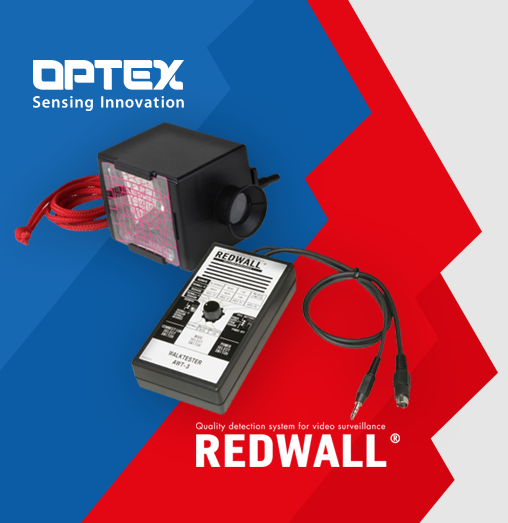
The adjustment set needed to perform the calibration accurately is called SIP-AT. It consists of a dual AVF-1 (Area View Finder) and AWT-3 (Audio Walk Tester), plus masking plates to mask out each area. The AVF-1 is an optical calibration device, similar to the mirror system used in infrared detectors, which allows you to adjust what the detector sees.
The AWT-3 is an acoustic feedback instrument that produces a lower or higher tone in proportion to the actual detection, allowing you to fine-tune the sensitivity of your sensor. The far, near and creep zones can be adjusted independently with this instrument, so you can be sure that the end result is the same as what you wanted to achieve. The instrument is powered from the sensor.
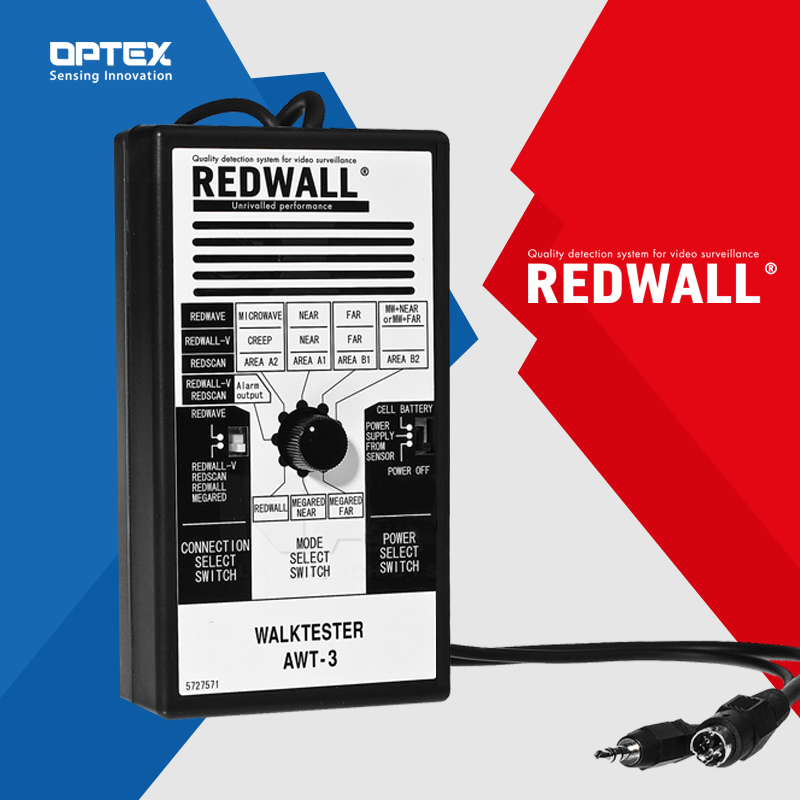
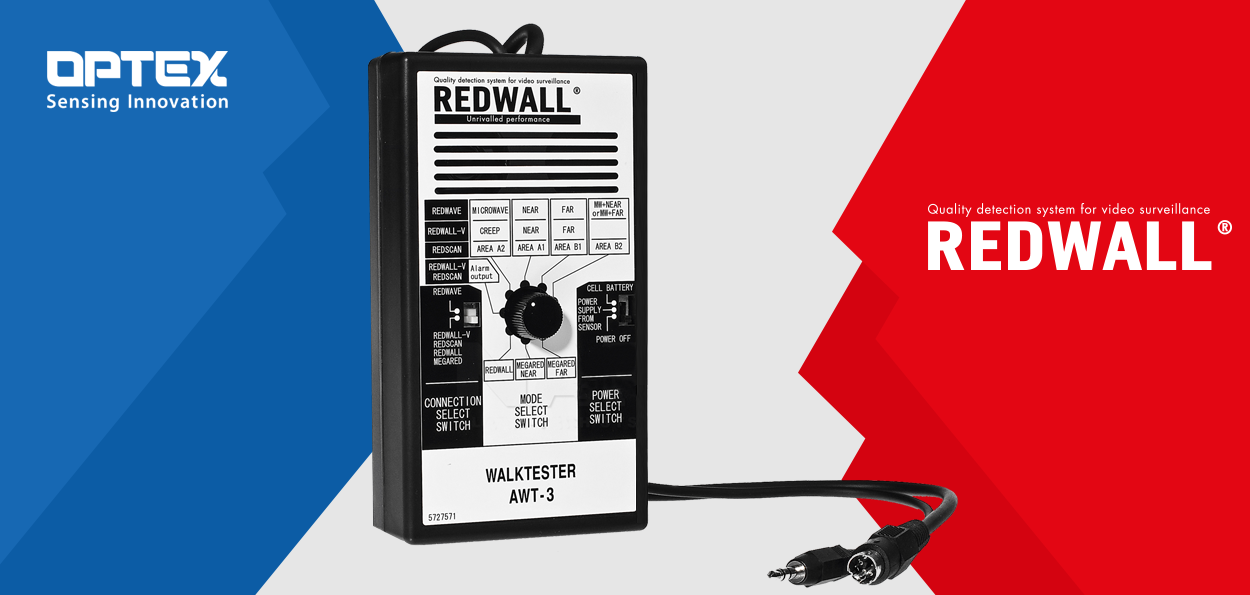
Using SIP-100 for fence protection means both ease of installation and a high level of security. It does not need to be wired to both ends of the fence to be protected, as is the case with an infrared sensor, it does not require a clear area several metres wide to operate as is the case with radar sensors, and its cost is a fraction of that of a thermal imaging camera or a LiDAR sensor. In short: cost-effective. It can be mounted either on a wall or on a pole, with a relatively wide height range, so if you have a fence protection task, this sensor is worth considering.
Find the OPTEX REDWALL detectors in the Power product range!



